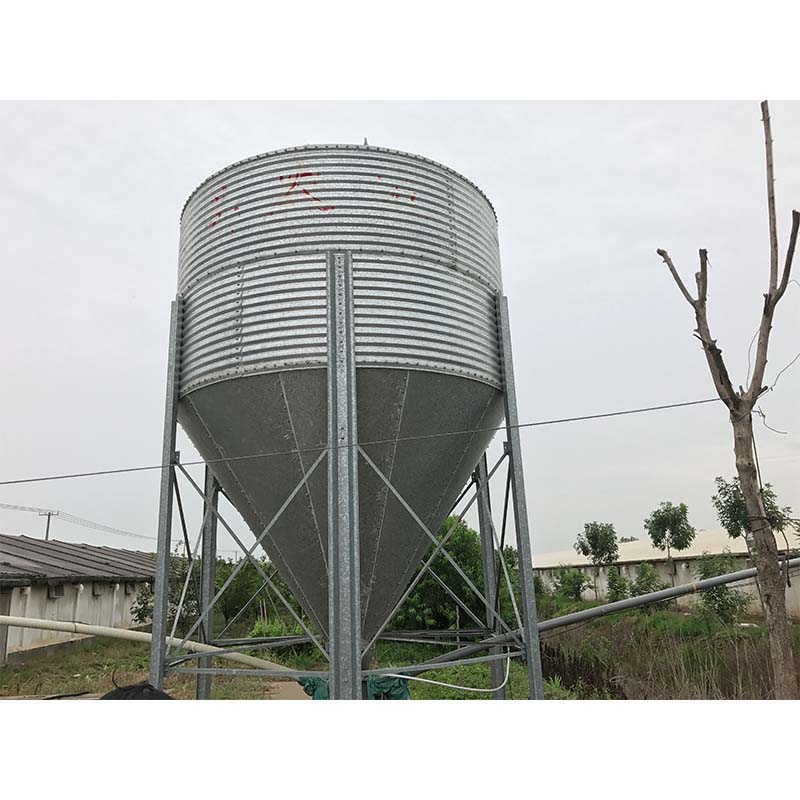wire cages for chickens
Nov . 12, 2024 17:13 Back to list
wire cages for chickens
Wire Cages for Chickens An Overview
In the poultry industry, wire cages have become an increasingly popular choice for housing chickens, especially in commercial egg production. These cages provide several advantages over traditional housing methods, offering both efficiency and enhanced animal management. In this article, we will explore the benefits of wire cages for chickens, their design, and some considerations for their use in poultry farming.
The Advantages of Wire Cages
One of the primary benefits of wire cages is the increased productivity they provide. The compact design allows farmers to house a larger number of hens in a smaller footprint, maximizing the use of space. This is particularly advantageous for large-scale egg production operations where space may be limited. Wire cages also facilitate cleaning and maintenance, reducing labor costs and improving operational efficiency. Farmers can quickly clean the cages with minimal disruption to the chickens, ensuring a healthier environment.
Another significant advantage of wire cages is improved biosecurity. By keeping chickens in an enclosed environment, the risk of disease transmission is reduced. This is essential in maintaining flock health and safeguarding the overall productivity of the operation. With fewer interactions between birds and other animals, it's easier to manage health protocols and monitor for any signs of illness.
Additionally, wire cages often create a more controlled environment. They can be outfitted with systems for ventilation, lighting, and temperature regulation, providing hens with optimal living conditions. These controlled environments promote better egg production and can lead to a higher quality of eggs. Furthermore, wire cages often reduce the incidence of aggressive behaviors among hens, leading to a more tranquil atmosphere conducive to laying.
Design Features of Wire Cages
Wire cages come in various designs, each tailored to specific needs in poultry farming. These cages may be arranged in multi-tier systems to capitalize on vertical space, providing a more efficient layout. Most wire cages are made from galvanized steel, which ensures durability and resistance to rust, a critical factor in agricultural settings.
wire cages for chickens

The design typically features slatted floors, which allow manure to fall through, further simplifying cleaning tasks and reducing ammonia buildup. Some modern designs also include enrichment features, such as perches or nesting boxes, to cater to the behavioral needs of hens, promoting healthier and happier animals while complying with animal welfare standards.
Considerations for Use
While wire cages offer numerous benefits, there are also concerns to consider. One of the primary criticisms of wire cage systems is their impact on animal welfare. Critics argue that the confinement limits the natural behaviors of chickens, such as foraging, dust bathing, and social interactions. This has led to increased demand for alternative housing systems, like free-range or barn systems, which allow hens more freedom to move and engage in natural behaviors.
Regulations governing poultry farming are also evolving. Many jurisdictions are implementing more stringent animal welfare laws, which may affect the future use of wire cages. Farmers should stay informed about changing regulations and consider integrating more humane designs to adhere to consumer preferences and legal requirements.
Moreover, the initial investment in wire cage systems can be substantial. Farmers must weigh the upfront costs against the long-term benefits of increased productivity and efficiency. Implementing such systems may require financial planning and consideration of market demands to ensure sustainability.
Conclusion
Wire cages for chickens play a significant role in modern poultry farming, particularly in the commercial egg production sector. They offer numerous advantages, including increased space efficiency, enhanced biosecurity, and improved hen management. However, as consumer awareness and regulatory standards evolve, farmers must be proactive in addressing welfare concerns associated with these systems. By balancing productivity with humane practices, poultry producers can ensure a more sustainable future in chicken farming.
-
Automatic Feeding Line System-Pan Feeder Nipple Drinker|Anping County Yize Metal Products Co., Ltd.
NewsJul.29,2025
-
Hot Sale 24 & 18 Door Rabbit Cages - Premium Breeding Solutions
NewsJul.25,2025
-
Automatic Feeding Line System Pan Feeder Nipple Drinker - Anping County Yize Metal Products Co., Ltd.
NewsJul.21,2025
-
Automatic Feeding Line System Pan Feeder Nipple Drinker - Anping County Yize Metal Products Co., Ltd.
NewsJul.21,2025
-
Automatic Feeding Line System - Anping Yize | Precision & Nipple
NewsJul.21,2025
-
Automatic Feeding Line System - Anping Yize | Precision & Nipple
NewsJul.21,2025






